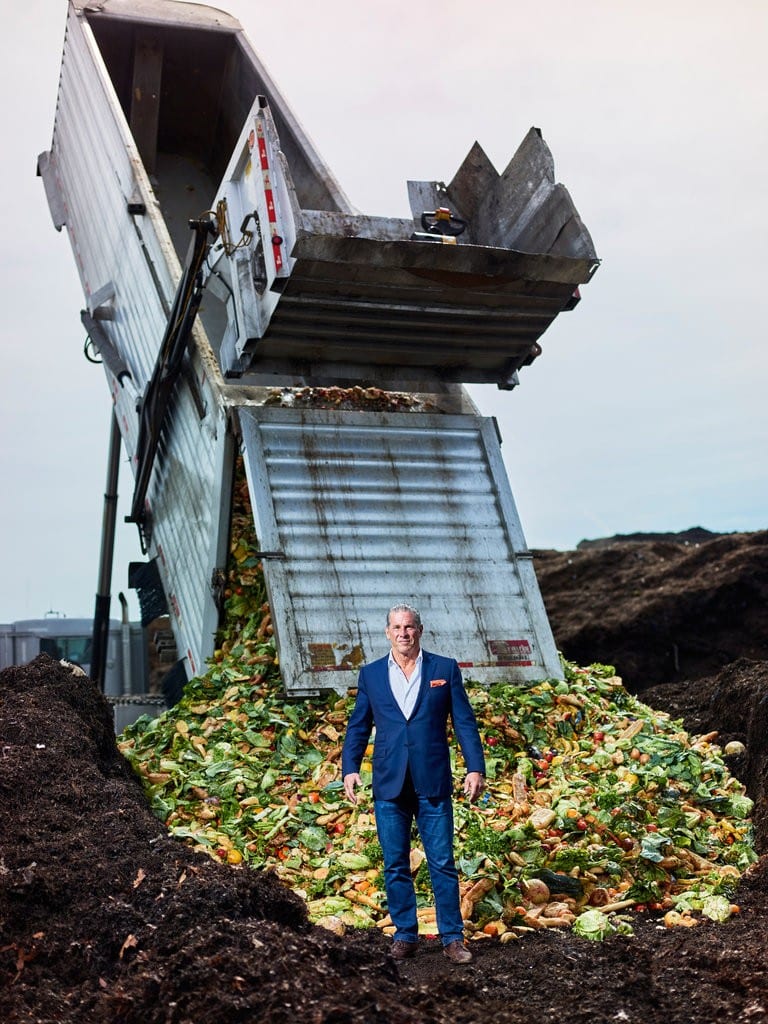I found learning about how Charles Vigliotti’s anaerobic operation works really interesting. I had never thought about what happened to food scraps after the city took them. I didn’t know how compost was dealt with before, especially for cities as large as New York. It is surprising that there was only one main type of composting operation in place and that it was large and ineffective. For a city as crowded as New York, these large field-like operations would have to be far from the city. However, Vigliotti’s operation can occur in tall, thin silos. In his operation, trucks transport their loans into a two-acre building and dump it into a 10-foot deep pit. The air pressure inside would be controlled and lower than outside to keep the odors in. This would be favourable for anyone currently living near a compost site in particular. The current compost operations are not only large, they emit odors. Then, cans, bottles and metals that snuck into the food waste would be crushed and extracted. As well, packages would be shredded. I’ve always wondered how the bags we put out food waste in get sorted from the food so this was very interesting to me. Next, water is added and any other plastic would float to the top while glass and other materials settle to the bottom. Once the food waste is separated, it will sit for 20 days in large tanks where biogas would be produced. Biogas can be burned like natural gas to be made into heat and electricity. Though Vigliotti’s method costs more than the current composting methods used by the city, it uses less space and creates less smell. Most importantly, this new method will be able to handle and breakdown more waste than any other operation nearby. I didn’t know how our food waste was composted before reading this article but now I am very interested in this new method.
Response to the Compost King of New York
- Posted on: September 10, 2018
- By: sheac252
- With: 0 Comments
